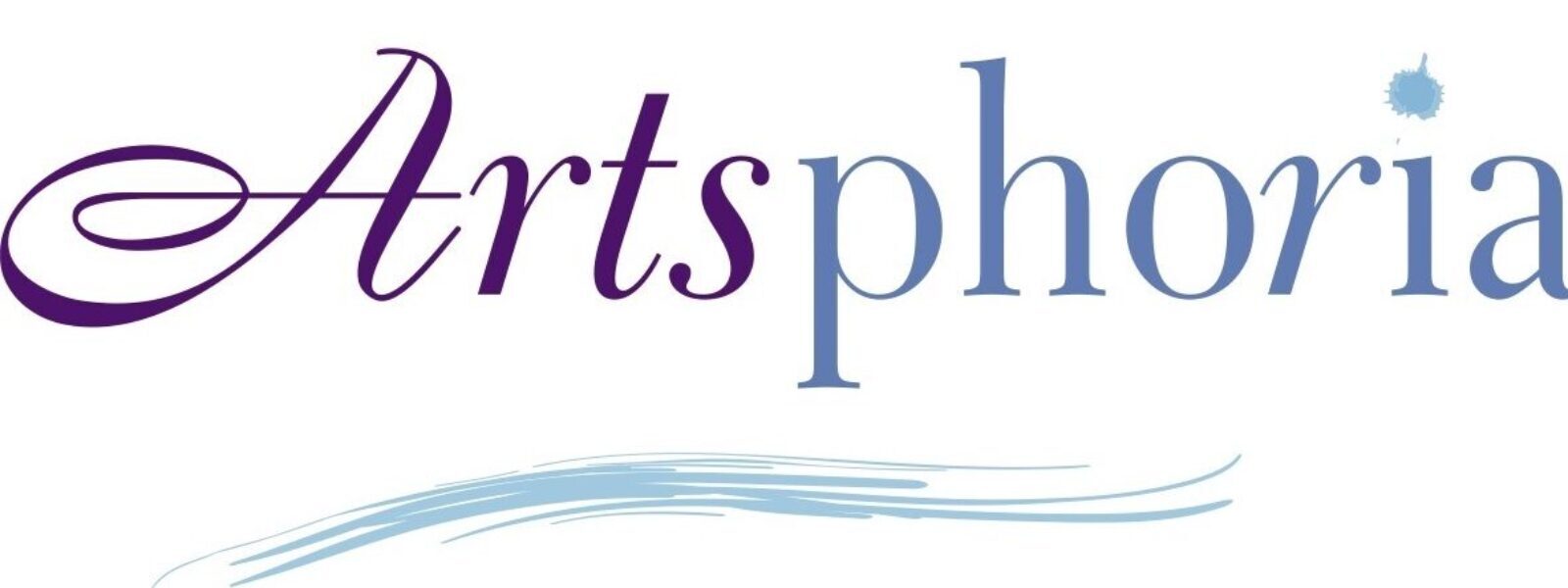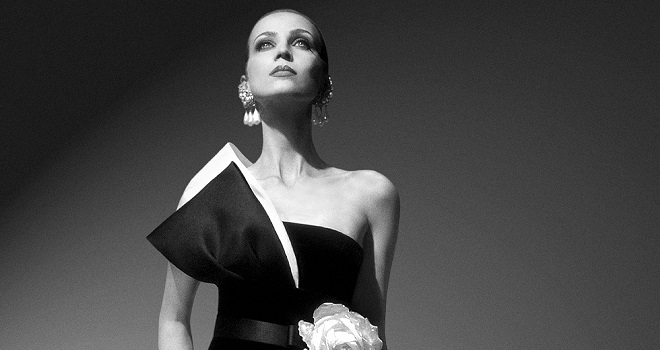Elegant fashionista alert: Reserve time between October 16, 2018, and March 3, 2019, to see more than seven decades of style displayed in Fabulous Fashion: From Dior’s New Look to Now at the Philadelphia Museum of Art.
The major exhibition will spotlight creativity and glamour in haute couture and ready-to-wear garments and accessories. Items on view range in date from 1947 – the year of the introduction of Christian Dior’s revolutionary “New Look” – to recent ensembles by designer Bernhard Willhelm. Anyone interested in the art of fashion will find inspiration in some of the most significant and visually compelling works from the Philadelphia Museum of Art’s renowned collection of costumes and textiles.
Fabulous Fashion presents many new acquisitions and other outstanding works, exhibited rarely if ever before. Some iconic works include Adrian’s 1947 velvet “winged victory” gown, an understated black and white 1972 Chanel suit and Geoffrey Beene’s 1994 silver lamé “Mercury” dress. Radical design is exemplified by Paco Rabanne’s dress made of plastic discs linked by metal rings (from his 1966 collection entitled “Twelve Unwearable Dresses in Contemporary Materials”) and a punk-inspired ensemble by Zandra Rhodes from her 1977-78 “Conceptual Chic” collection.
Fabulous Fashion as an Art Form
Focusing on fashion as an art form, the exhibition is arranged thematically to explore designers’ creative use of color and pattern, shape and volume, draping, metallics, bridal traditions and innovations, and exquisite embellishments. Works will be grouped together to offer striking visual comparisons and demonstrate the relentlessly creative spirit of fashion.
A pair of ensembles from 50 years apart opens the exhibition, each embodying fashion-forward dressing for its time. Dior’s two-piece pale pink satin day dress from1948, with a nipped-in waist and full skirt that epitomizes the ultra-feminine “New Look,” contrasts with a flirtatious hot pink fur-collared wool suit designed in 1998 by John Galliano for the house of Dior.
A dramatic section of the exhibition features magnificent ballgowns and other evening wear to illustrate the inspired use of shape and volume. This features masterworks by Pierre Cardin, whose extraordinary sculptural designs from the 1980s and early 1990s reflect his background in architecture as well as dresses with voluminously ruffled skirts by Jean Dessès (1957), Roberto Capucci (1985) and Oscar de la Renta (2007). Two flamenco-inspired dresses – one designed by Cristóbal Balenciaga in 1951 and the other by Patrick Kelly in 1988 – reflect how each designer’s unique heritage informed the reinterpretation of a traditional form.
Fascinating Juxtapositions Throughout the Exhibit
Style mavens will also discover fascinating juxtapositions throughout the installation. Anne Fogarty uses gold embroidered net, for example, in a strapless evening dress – designed to flaunt an 18 ½ inch waist. This design reflects the 1950s ideal of femininity (articulated in the designer’s 1956 book, Wife Dressing: The Fine Art of Being a Well-Dressed Wife). In contrast, a gold lamé mini dress from the late 1980s by Vicky Tiel exudes glamour, sensuality and strength.
Color is the focus of both Issey Miyake’s “Flying Saucer” dress of 1994 and a shift designed by artist Ellsworth Kelly in 1952 that was reinterpreted sixty years later by Francesco Costa of Calvin Klein, while the use of flamboyant prints can be seen in a dress and tights by Emilio Puccio (1965) and Christian Lacroix’s catsuit (1990), among others. Ingenious examples of drapery include a classic goddess gown by Madame Grès (1981) and a deconstructed dress designed a decade later by Rei Kawakubo for Comme des Garçons. Inventive embellishments emphasize the skill and creativity involved in techniques such as beading, embroidery, and appliqué. Meticulous feather work, for example, adds not only brilliant color but also texture and movement to cocktail dresses by Nina Ricci (1968) and Peter Som for Bill Blass (2008).
A selection of bridal gowns combining tradition and innovation includes Pierre Balmain’s luxurious 1959 creation of ivory chiffon with silk and silver damask. Vera Wang’s 1999 custom-made satin gown has an opulent embroidered bodice, and Carolina Herrera’s 2012 strapless design surprises with a bustled back skirt unexpectedly striped in gold, silver, and grey. Grace Kelly’s wedding headpiece and shoes, as well as her bridal manual, all covered with lace and accented with seed pearls, are also featured in this section of Fabulous Fashion at the Philadelphia Museum of Art.

